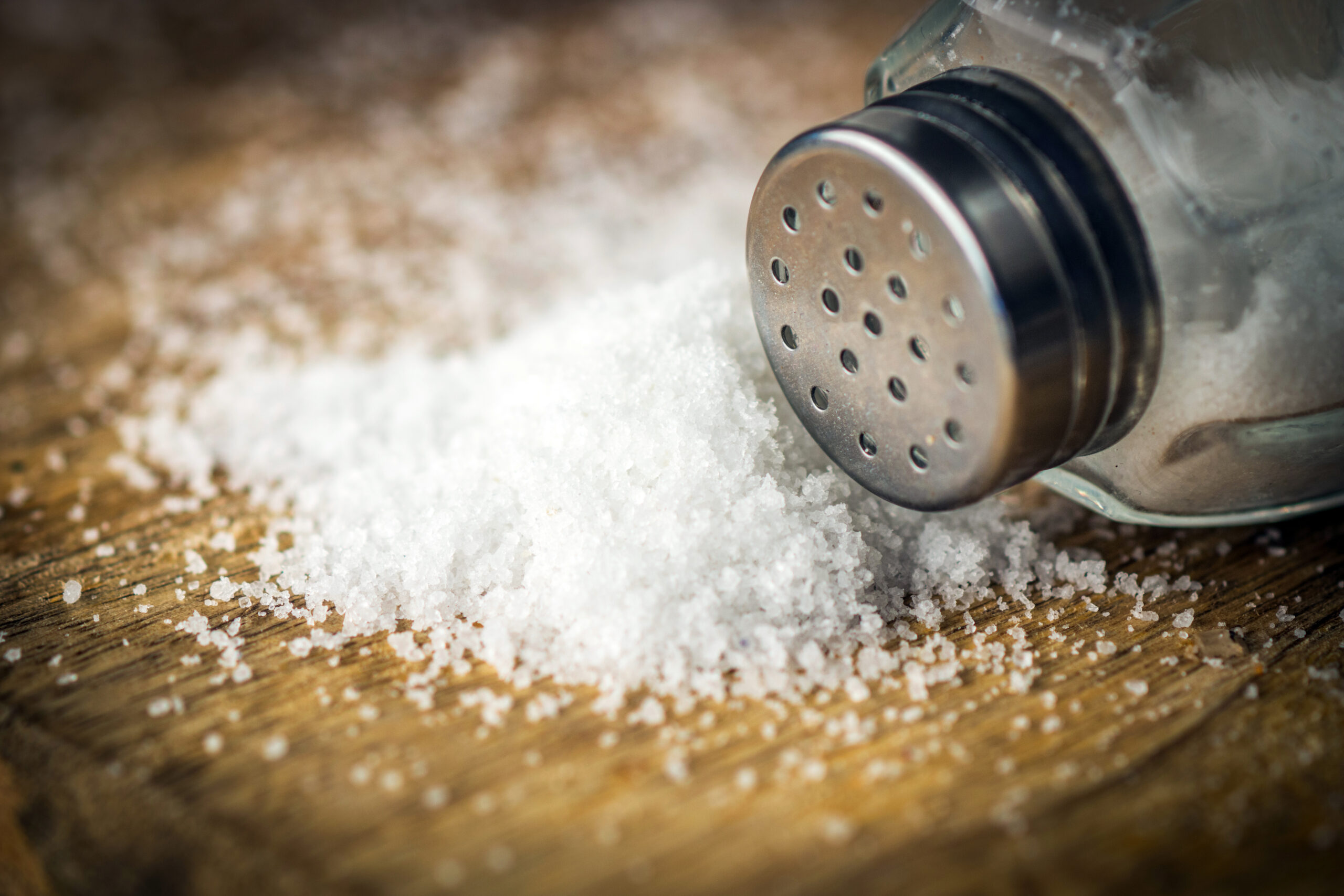High intake linked to stroke and premature death, new research warns
AFP – While crucial for maintaining good health, excessive consumption of the sodium found in table salt and specific foods can pose harm. Particularly, it elevates the risk of stroke and premature death.
A recent study indicates that reducing a small portion of salt from the daily diet can effectively lower blood pressure, comparable to the impact achieved with pharmaceutical interventions.
According to the World Health Organization (WHO) guidelines, adults should limit their daily salt intake to no more than five grams (equivalent to two grams of sodium) or one teaspoon.
But the health authority estimates that the global average is 10.8 gramme.
“Eating too much salt makes it the top risk factor for diet and nutrition-related deaths.
“More evidence is emerging, documenting links between high sodium intake and increased risk of other health conditions such as gastric cancer, obesity, osteoporosis and kidney disease,” the WHO warned.
It adds that the implementation of sodium reduction policies in all regions of the world “could save an estimated seven million lives globally by 2030”.
A team of researchers from Northwestern Medicine, Vanderbilt University Medical Center and the University of Alabama at Birmingham, all in the United States, examined this issue.
They based their study not on WHO recommendations, but on the total daily sodium intake recommended by the American Heart Association (AHA).
The AHA advises not exceeding 2.3 gramme per day, while aiming for an ideal limit of 1.5 gramme.
The scientists sought to assess the effect of lowering sodium in the participants’ diets on blood pressure, including in people being treated for hypertension (high blood pressure).
Down a teaspoon
The study followed 213 individuals aged between 50 and 75 from two US cities (Birmingham and Chicago), who were randomly divided into two groups.
The first group was asked to adopt a high-sodium diet (2.2 gramme per day in addition to their usual diet), and the second, a low-sodium diet (0.5 gramme in total per day) for one week.
Each group was then swapped onto the other diet for a week.
In both cases, analysis was carried out to measure systolic blood pressure.
Published in the Journal of the American Medical Association (JAMA), the study reports that systolic blood pressure fell by an average of seven to eight millimetres of mercury (mmHg) on the low-sodium diet, compared with the second diet, and by six mmHg compared with the participants’ usual diet.
This affected no less than 72 per cent of the people included in the study.
“In the study, middle-aged to elderly participants reduced their salt intake by about one teaspoon a day compared with their usual diet.
“The result was a decline in systolic blood pressure by about six mmHg, which is comparable to the effect produced by a commonly-utilised first-line medication for high blood pressure,” said co-principal investigator and Vanderbilt University Medical Center Associate Professor of Medicine Dr Deepak Gupta.
The scientist’s comments should only be taken in the context of the study, but they nevertheless highlight the impact that lowering salt, and therefore sodium, consumption can have day to day.
“The fact that blood pressure dropped so significantly in just one week and was well tolerated is important and emphasises the potential public health impact of dietary sodium reduction in the population, given that high blood pressure is such a huge health issue worldwide,” said co-investigator and University of Alabama at Birmingham professor and chair of the department of epidemiology and professor of medicine Dr Cora Lewis.
According to the WHO, nearly 1.3 billion people aged between 30 and 79 suffer from hypertension worldwide, almost half of whom are unaware of it.
Adopting a low-salt diet is one of the global health authority’s recommendations for combating hypertension, along with weight loss, physical activity and quitting smoking.







